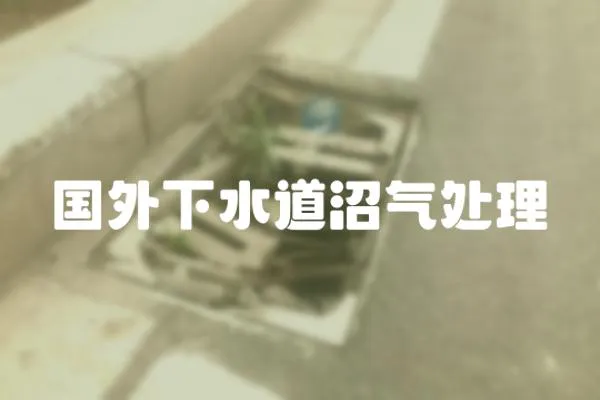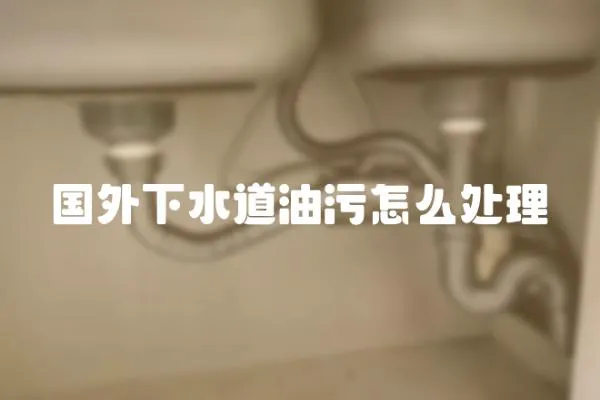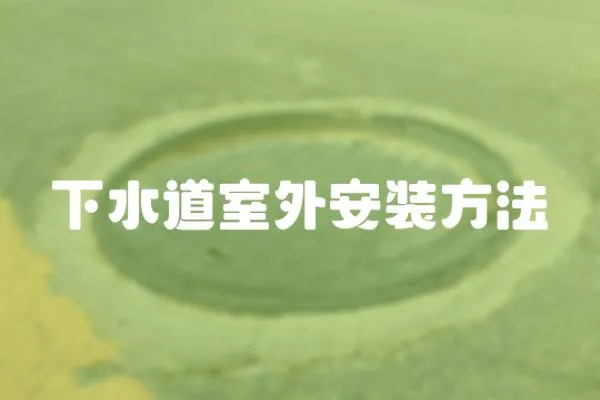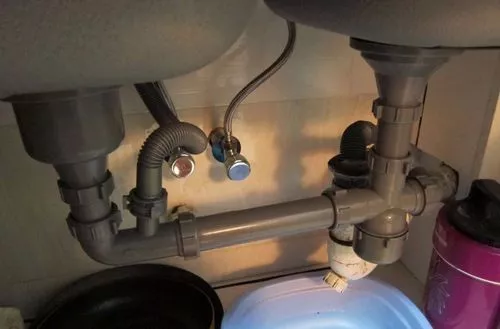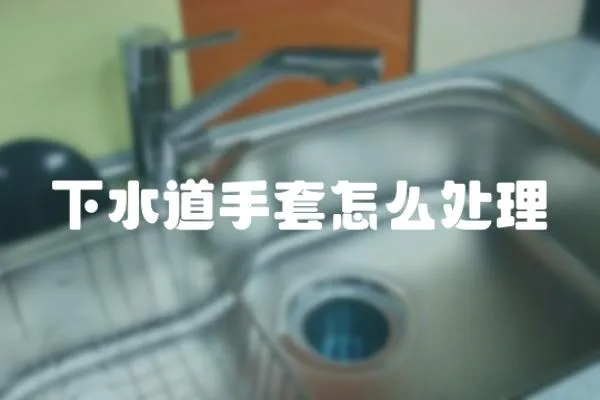The installation of sewer systems is a critical part of building infrastructure that involves complex planning, design, and construction procedures. The following are some general steps that are commonly followed when installing sewer systems:

1. Identify the location for the sewer system: Before installing the sewer system, it is essential to identify the location of the system. This is done by creating a site map that shows the topography of the area, the intended location of the sewer lines, and any obstacles that may prevent the installation of the system.
2. Plan the sewer system: Before installing the sewer system, a detailed plan must be created. A professional plumber or engineer can help with this process. The plan should include the materials to be used for the lines, the type and location of connections, the slope and depth of the lines, and the location of the main sewer line.
3. Prepare the site: Once the location and plan have been identified, the site is prepared for the installation of the sewer system. This includes clearing any obstacles that may interfere with the lines' installation and excavating the trenches in which the lines will be laid.
4. Install the sewer lines: Once the site has been prepared, the sewer lines are installed. The type of material used will depend on the budget and other factors. The pipes must be installed with the correct slope and depth to ensure proper waste flow. The connections must be waterproof and secure to prevent leaks.
5. Inspect the system: After the installation, the system must be thoroughly inspected to make sure it meets all requirements and is functioning correctly.
6. Connect the system to the main sewer line: Once the installation is complete, the system is connected to the main sewer line. This requires proper sealing and secure connections to prevent leaks.
7. Cover the site: The final step is to backfill the trenches and cover the site. The area should be compacted to ensure stability and prevent settling that could cause damage to the lines.
Overall, the installation of sewer systems requires careful planning, skilled labor, and proper maintenance to ensure proper function and longevity.



